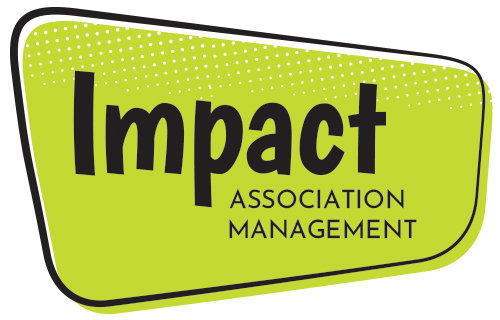Here at Impact Services, we believe it is important to continue learning and growing. Because learning and development are so important to Impact’s mission, it is required that each member participate in 6 professional developments a year. These development opportunities can include skills a team member would like to work on developing, networking events, or a chance to develop a goal or project a client needs or wants.
This has lead to our team experiencing forums, webinars, and more that have developed them into the hard-working professionals they are. After participating, team members must share with the team what was learned, what challenges or skills they still need to learn more about, and ideas or lessons learned that they feel other staff members could benefit from.
Setting these requirements sets a culture of continuous education. It reminds everyone on the team that there is always more to be informed about and more room for improvement. The requirements ensure that our team is always increasing their value to our clients. It also provides an opportunity for Impact to take on new responsibilities within our company, because although we may not have experience in a subject, it does not mean we are not willing to learn and conquer it.
Setting standards for professional development could be a great way to improve your company or association. It will provide new perspectives and open the mind of your team. Seeing things in a new light or learning more about something can only grow your organizations.





